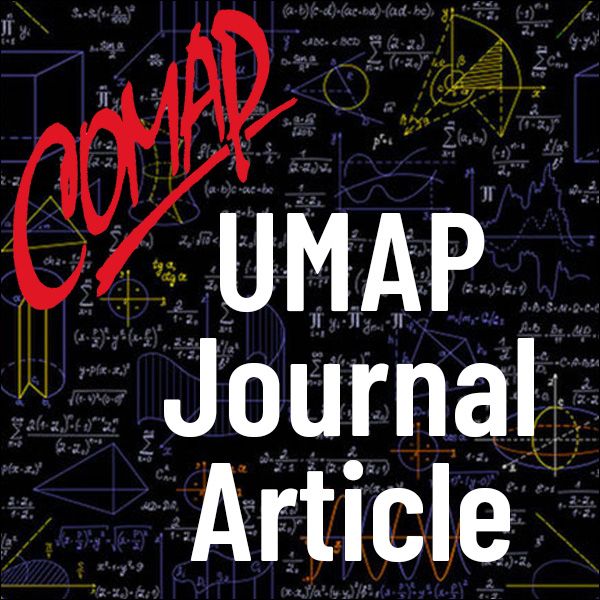The Septaria Numbers
Author: James M. Cargal
Septaria
In Septaria, there are only seven numbers, six of which are classified as digits. The numbers 1, 2, and 3 correspond to the digits of the left hand and the numbers 4, 5, and 6 correspond to the digits of the right hand. The divine or sacred number, 7, often referred to as “the Thumb,” corresponds to the thumb. (People are categorized as left-handed or right-handed depending on which hand they have their thumb.) Fortunately, the left-right wars are a thing of the past and a left-handed person and a right-handed person can marry. Children in Septaria know the arithmetic of Septaria as soon as they can blikpert or even before they open their spiggleworrs. Septaria addition and multiplication are as in Table 1.
Note: The information below was created with the assistance of AI.
Level of Mathematics
Target Level:
This paper is best suited for high school to early undergraduate mathematics students, especially those familiar with basic number theory, modular arithmetic, and abstract algebra.
Justification:
It introduces a fictional number system grounded in modular arithmetic (mod 7), which is commonly covered in high school number theory and college abstract algebra courses.
The treatment is whimsical but conceptually rich, which may suit students with a strong mathematical curiosity and comfort with non-standard systems.
Application Areas
Educational Applications:
Mathematical enrichment or recreational mathematics.
Useful in classrooms to stimulate discussion on mathematical definitions, properties, and logical structures.
Supports development of modular arithmetic and group theory concepts through playful analogies.
Conceptual Applications:
Abstract Algebra: Exploration of inverse elements, exponentiation, and non-standard operations.
Mathematical Logic & Proof: Challenges traditional axiomatic reasoning, encouraging discussions on the foundations of mathematics.
Pedagogy: Creative contexts to introduce algebraic structures and number systems.
Prerequisites
Students should have familiarity with:
Basic arithmetic operations.
Modular arithmetic, particularly modulo 7.
Commutative and associative properties of operations.
Concepts of inverses and exponents.
Logical reasoning and proof techniques.
Some exposure to complex numbers and quadratics will enhance understanding of the imaginary numbers discussion.
Subject Matter
Core Topics Covered:
Custom number system ("Septaria") with base-7 arithmetic.
Definition of arithmetic operations through cyclic tables.
Concepts of inverses, squares, and exponentiation within this number system.
Introduction of imaginary numbers and extension to complex-like structures.
Philosophical and humorous perspectives on mathematical truth, contradiction, and innovation.
Notable Concepts:
First and Second Laws of Numberology, akin to algebraic identities.
Introduction of inconsistencies to challenge logical thinking.
Mixed-basis multiplication using 3 and 5 as “bases”.
Extension into abstract and even surreal number theory constructs (non-commutativity, imaginary systems).
Correlation to Mathematics Standards
Common Core State Standards (CCSS) Alignment:
High School: Number & Quantity (N-Q, N-RN, N-CN):
Extend the properties of exponents to rational exponents.
Perform arithmetic operations with complex numbers.
High School: Algebra (A-SSE, A-APR):
Interpret expressions and understand structure in expressions.
Use polynomial identities and understand the concept of inverse.
Mathematical Practice Standards:
MP2: Reason abstractly and quantitatively.
MP3: Construct viable arguments and critique the reasoning of others.
MP7: Look for and make use of structure.
NCTM (National Council of Teachers of Mathematics) Standards:
Emphasizes understanding algebraic structures, mathematical reasoning, and connections.
Encourages creative exploration of mathematical ideas through abstract systems.

Mathematics Topics:
Application Areas:
You must have a Full Membership to download this resource.
If you're already a member, login here.